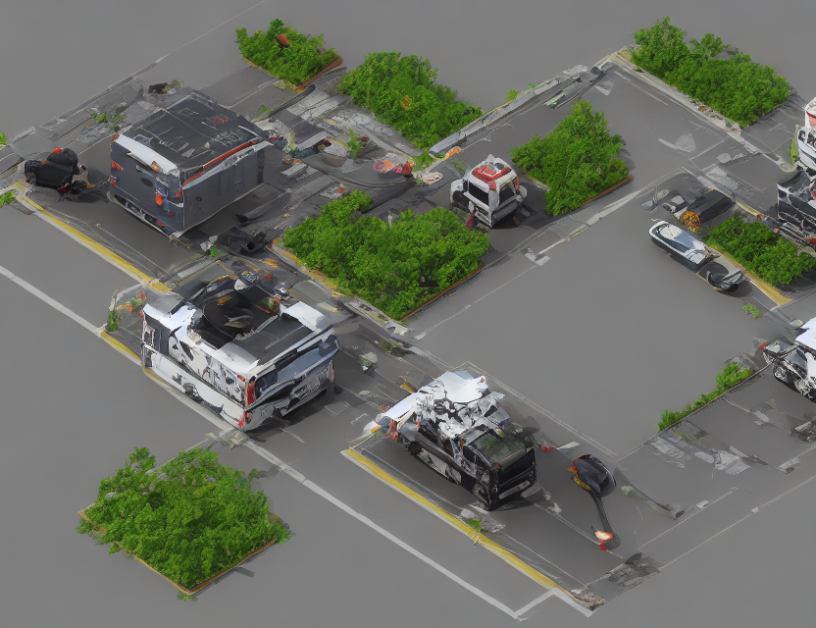Semantic rendering is a technique used in computer graphics to create photorealistic images by assigning meanings or semantics to each pixel. This innovative approach has been gaining traction in recent years, and researchers have been exploring its potential in various fields, including video games, virtual reality, and autonomous driving. In this article, we will delve into the concept of semantic rendering, its applications, and the challenges associated with it.
What is Semantic Rendering?
Semantic rendering is a process that assigns meaning or semantics to each pixel in an image. It involves identifying the object or feature depicted in each pixel and its spatial relationship with other objects in the scene. By assigning meanings to pixels, the rendering algorithm can simulate the human visual system’s ability to recognize objects and their context more accurately.
The basic idea behind semantic rendering is to move beyond simple color representation and instead use a more sophisticated model that captures the meaning or semantics of each pixel. This allows for more realistic renderings, as the algorithm can better understand the context and relationships between objects in the scene.
Applications of Semantic Rendering
Semantic rendering has numerous applications across various fields, including:
- Video Games: Semantic rendering can create more immersive gaming experiences by allowing developers to simulate complex environments with realistic object interactions.
- Virtual Reality (VR): By accurately depicting the spatial relationships between objects in a VR scene, semantic rendering can enhance the overall VR experience.
- Autonomous Driving: Semantic rendering can help self-driving cars better understand their surroundings by identifying objects and their context more precisely.
Challenges of Semantic Rendering
While semantic rendering offers numerous benefits, it also poses several challenges, including:
- Computational Cost: Semantic rendering is computationally intensive as it requires the algorithm to process and analyze large amounts of data. This can result in longer render times and increased computational complexity.
- Data Quality: The quality of the training data used for semantic rendering can significantly impact its accuracy. Poor-quality training data can lead to inaccurate or misleading renderings.
- Latency: In real-time applications such as autonomous driving, latency is critical, and semantic rendering may introduce additional delays.
Future of Semantic Rendering
Despite the challenges, the future of semantic rendering looks promising. As computing power and data quality improve, the accuracy and efficiency of semantic rendering algorithms are likely to increase. Additionally, advances in deep learning and computer vision are expected to further enhance the capabilities of semantic rendering.
In conclusion, semantic rendering is a powerful technique that can revolutionize various industries by creating more realistic and immersive visual experiences. While challenges remain, ongoing research and technological advancements will likely overcome these obstacles and unlock the full potential of semantic rendering in the near future.



